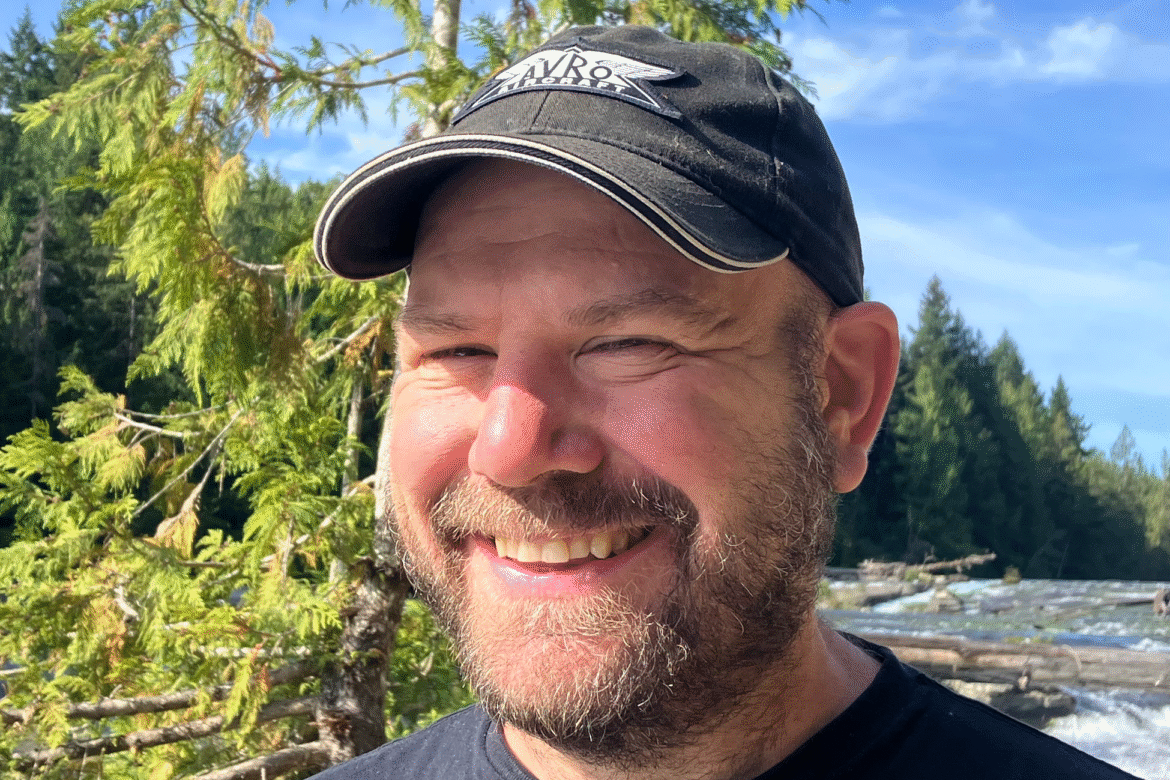The Center for Data Innovation recently spoke with Rod Frey, CEO of DataMint, a company building AI-powered tools for medical researchers. Frey discussed how DataMint provides a centralized platform where clinicians, annotators, and data scientists can work together on AI projects, solving the common problems of reliability and collaboration dataset management.
David Kertai: What problem is DataMint solving?
Rod Frey: Medical AI projects are inherently team efforts. A single project might involve doctors identifying clinical needs, annotators labeling hundreds of images, and data scientists training and refinding models. For this to all work together, everyone needs to operate from the same datasets, images, and annotations, while also having full visibility into versionings, reviews, and updates to available data.
However, right now that structure doesn’t exist. Clinicians eager to use AI models often lack the infrastructure to manage complex data pipelines, while specialized AI labs are overwhelmed and can’t take on every requested project. As a result, teams end up working with scattered spreadsheets, email chains, and disconnected tools. This fragmentation slows down progress and makes collaboration error-prone.
DataMint solves this by providing the shared infrastructure and workflows that medical AI teams need. We give clinicians, annotators, and data scientists a single platform to manage data, track experiments, and collaborate in real time, so projects stay reliable and reproducible from start to finish.
Kertai: How does DataMint make it easier for researchers to work with medical imaging?
Frey: On our platform, our focus is on the principle of shared infrastructure. Clinicians, annotators, and data scientists work from the same images, annotations, and datasets. This eliminates the delays and miscommunications caused by local files and fragmented workflows.
We also make annotation more accessible. Traditional imaging tools like ITK-Snap and 3D Slicer are powerful but difficult to learn. DataMint provides a no-install, web-based annotation tool tailored to medical imaging tasks, so clinicians and annotators can label data consistently without technical hurdles. While, for data scientists, our Python libraries automatically sync local datasets with the central version. This ensures that models are always trained on the latest data, eliminating manual updates and version conflicts, and allowing researchers to focus on model development rather than data management.
Kertai: How does your platform help researchers keep their work reliable?
Frey: In collaborative AI projects, reliability often breaks down because different team members work on different revisions of a dataset or model. One person might tweak preprocessing, another might adjust labels, but unless those steps are captured and shared, the history gets lost, making results difficult to trust or replicate.
DataMint solves this by automatically logging training runs and capturing the dataset exactly as it existed at each point. This allows teams to revisit past experiments, compare results over time, and maintain a complete, auditable record of progress, ensuring reliability not just for the team’s own work, but for regulatory reviews and future researchers .
Kertai: What sets DataMint apart from similar tools?
Frey: Most annotation software stops at labeling images, but medical AI projects need far more than that, they need shared workflows that connect data management, annotation, and experiment tracking. That’s what sets DataMint apart, we don’t just handle images, we support the entire cycle of medical AI development.
Our platform tracks every label through review chains and qualification processes, maintaining audit logs for compliance and integrating directly with the tools that data scientists use. By building around clinical workflows and regulatory requirements, we provide the structure medical teams need to move from an idea to functioning AI models. While other companies offer software that handles image annotation, DataMint supports the full workflow of medical AI research, from managing datasets to reproducing experiments and preparing for future regulatory approval.
Kertai: How do you see DataMint changing medical researchers’ use of AI tools?
Frey: Today, many clinicians are eager to use AI models but don’t have the infrastructure to run complex, multi-person projects. They might try piecing together spreadsheets, email threads, and local scripts, but that makes collaboration slow and error-prone.
By lowering this risk with a shared platform, DataMint helps clinical researchers unlock a new wave of medical AI innovation without needing to become a data engineer. In the future, we see AI becoming as common in research as the stethoscope is in practice: a standard, reliable tool that every doctor can use to push medicine forward.

